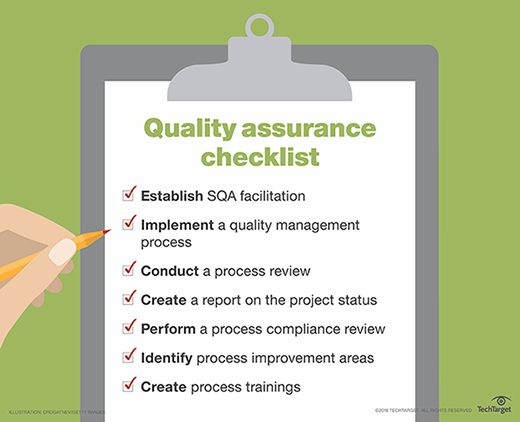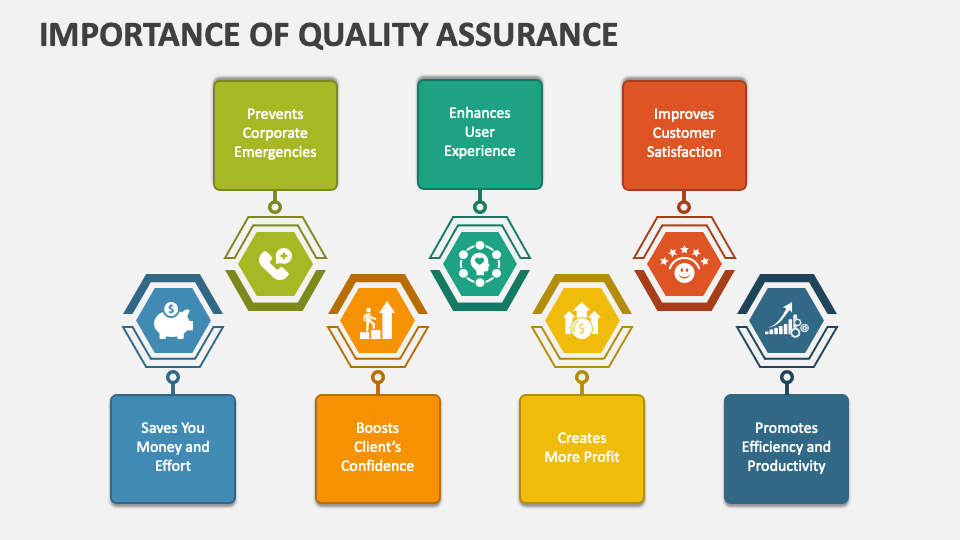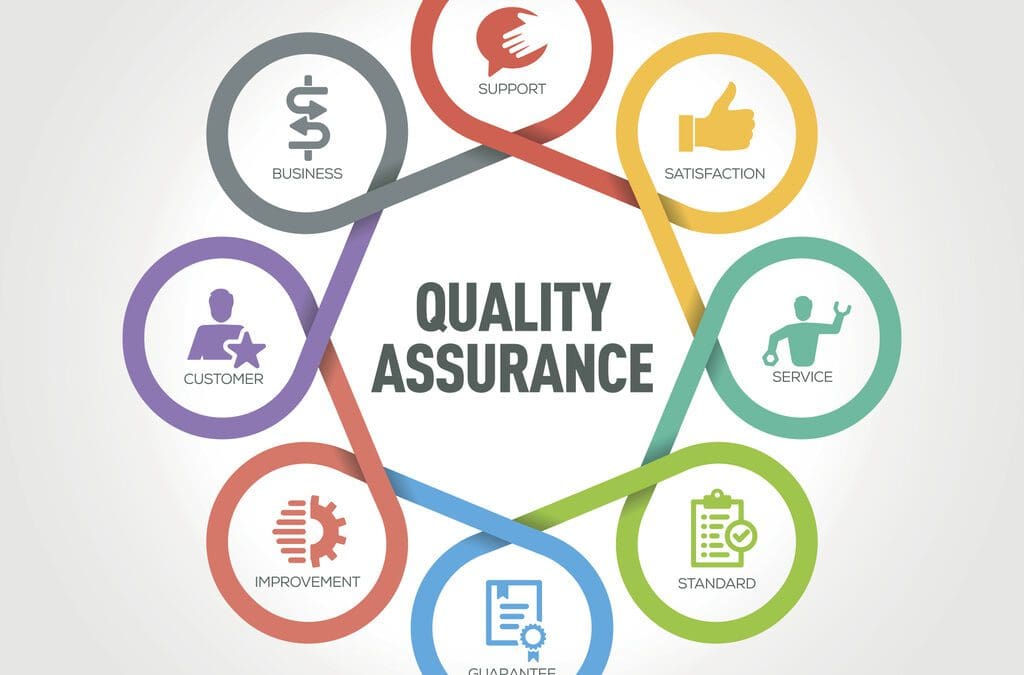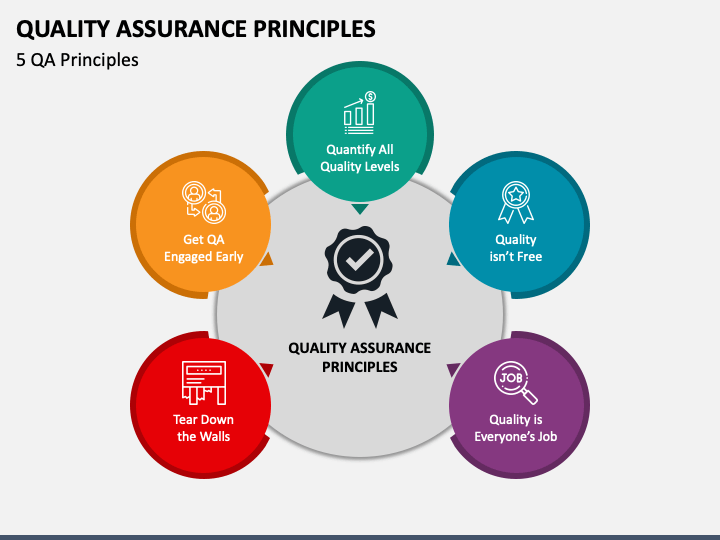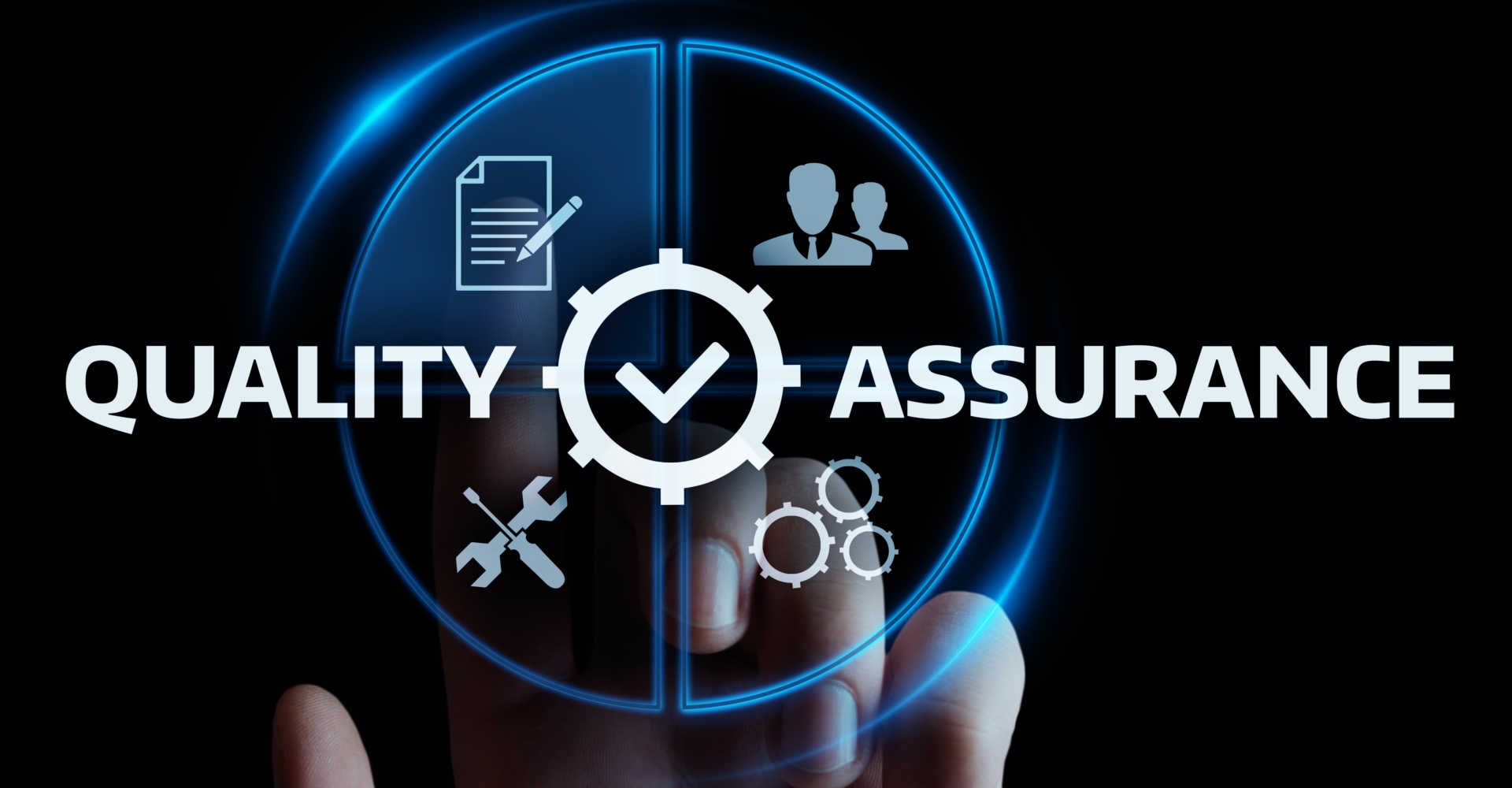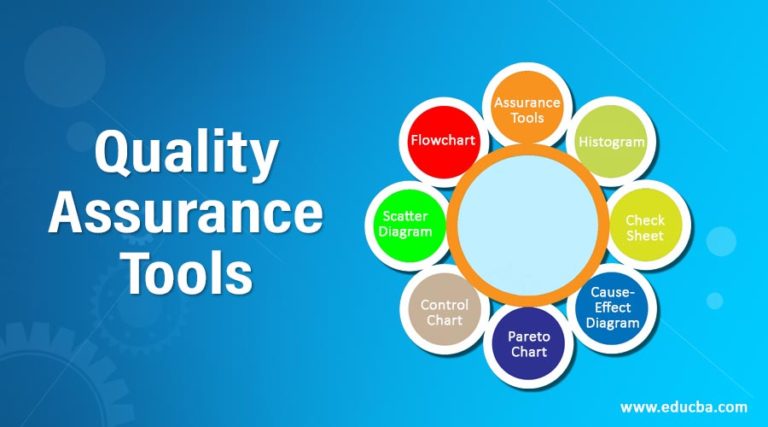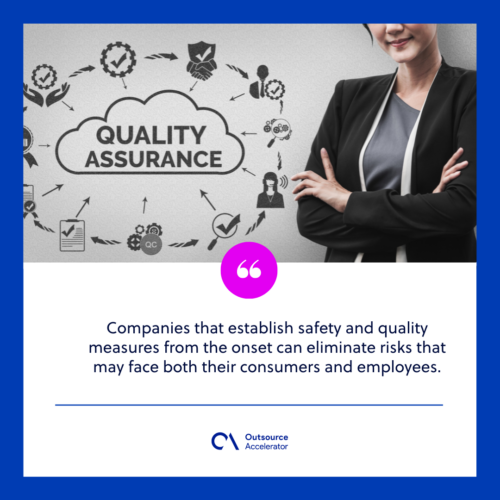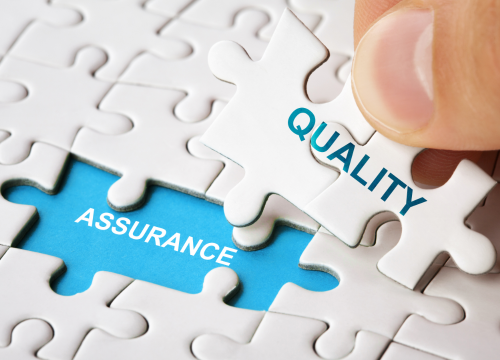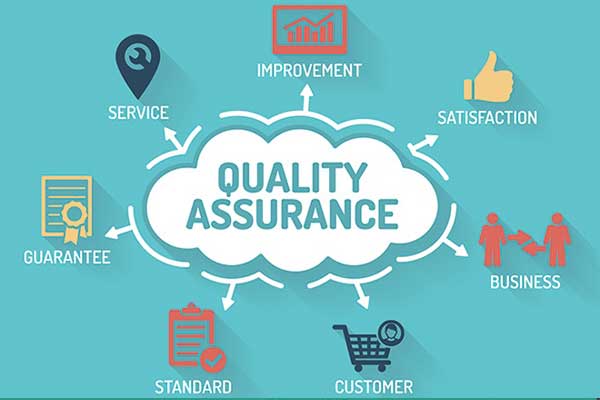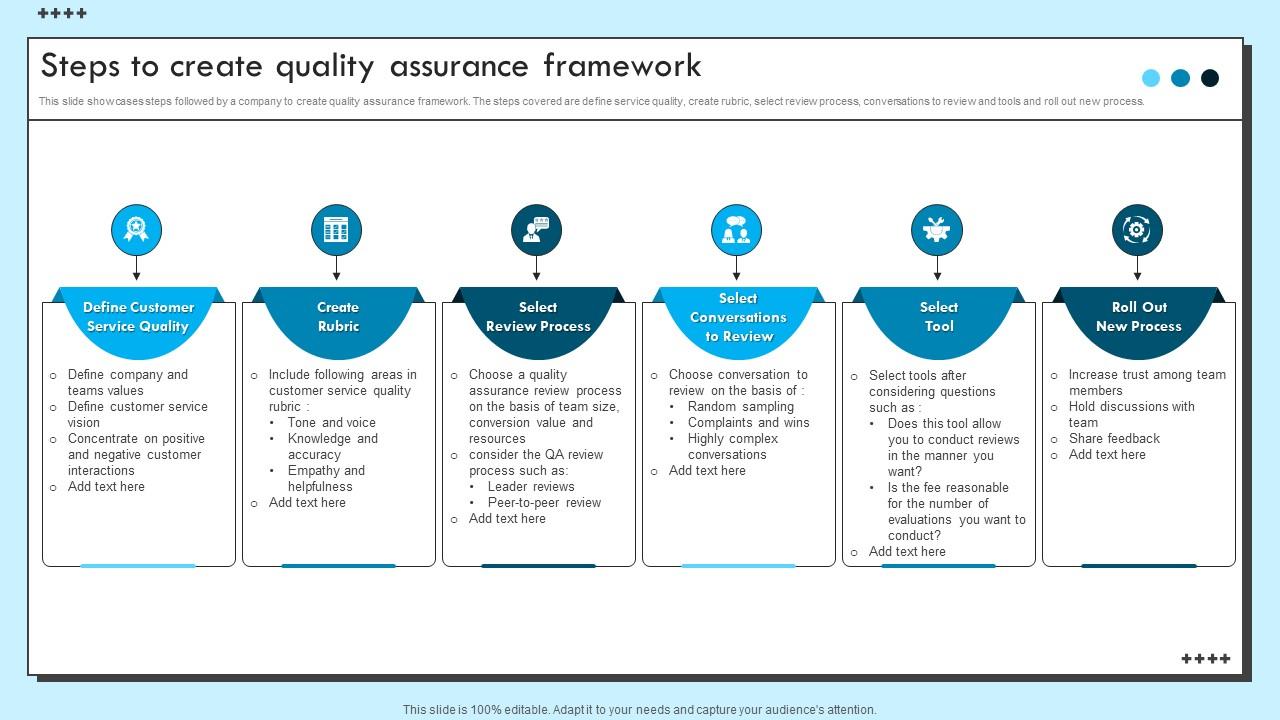Considerations For Choosing An Appropriate Quality Assurance
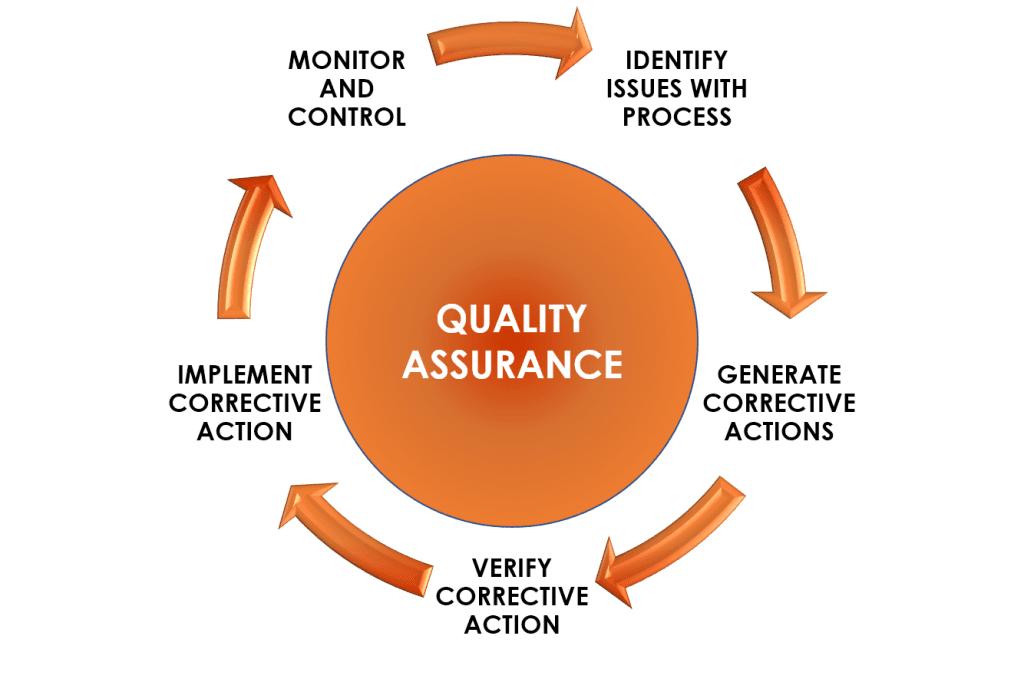
Businesses face escalating pressure to deliver flawless products and services. Selecting the right Quality Assurance (QA) approach is now a critical decision with far-reaching consequences for reputation and profitability.
This article breaks down the key considerations for choosing a QA strategy tailored to your specific needs, ensuring you avoid costly errors and maintain a competitive edge. Ignoring these factors can lead to compromised product quality, customer dissatisfaction, and ultimately, business failure.
Understanding Your Project's Requirements
Before diving into QA methodologies, analyze your project's specific demands. What are the critical functionalities? What level of risk are you willing to accept?
Consider factors like project complexity, budget constraints, and the timeline for delivery. High-risk projects demand more rigorous testing and a different approach compared to simpler initiatives.
Defining Quality Metrics
Establish clear, measurable quality metrics. What constitutes a bug? What is an acceptable error rate?
Metrics should align with business goals and provide a tangible way to track QA progress. Examples include defect density, test coverage, and customer satisfaction scores. Without clear metrics, QA efforts become aimless.
Choosing the Right Testing Methodology
Different testing methodologies suit different projects. Agile testing integrates QA throughout the development lifecycle, promoting continuous feedback and faster bug fixes.
Waterfall testing follows a more linear, sequential approach, often used for projects with well-defined requirements. The choice impacts the cost and speed of QA.
Automated vs. Manual Testing
Automation streamlines repetitive tests, saving time and resources. However, manual testing is essential for exploratory testing and usability assessments.
A balanced approach that combines both automated and manual testing often yields the best results. Focus automation on regression tests and manual testing on new features and user experience.
Selecting the Right QA Team
The QA team's expertise is paramount. Do you need specialized skills in areas like security testing or performance testing?
Consider outsourcing QA to a specialized firm if you lack internal expertise. Evaluate the team's experience, certifications, and track record.
Internal vs. Outsourced QA
Internal QA offers greater control and proximity, but can be expensive. Outsourcing can provide access to specialized skills at a lower cost.
Carefully weigh the pros and cons of each approach. Outsourcing requires clear communication and well-defined contracts.
Leveraging Testing Tools and Technologies
Utilize the right testing tools to enhance efficiency and accuracy. A plethora of tools exist for test management, bug tracking, and performance testing.
Invest in tools that integrate seamlessly with your development environment. Tools like Selenium, Jira, and TestRail can significantly improve QA effectiveness.
Cost-Benefit Analysis of Tools
Evaluate the cost-benefit ratio of different testing tools. Free or open-source tools may suffice for smaller projects, while larger projects may require enterprise-level solutions.
Consider factors like training costs, maintenance, and scalability. Choosing the wrong tool can hinder QA efforts.
Continuous Improvement and Adaptation
QA is not a one-time event. It requires continuous improvement and adaptation to changing project needs.
Regularly review your QA processes, gather feedback, and make adjustments as needed. Implement a robust system for tracking bugs and analyzing trends.
Staying Ahead of the Curve
Stay informed about the latest trends in QA. The field is constantly evolving with new technologies and methodologies.
Attend industry conferences, read relevant publications, and invest in ongoing training for your QA team. Complacency leads to vulnerability.
Final Thoughts
Selecting an appropriate QA approach is an ongoing process. Continuous evaluation and adaptation are critical for long-term success. Neglecting these considerations puts your projects and reputation at risk.
Businesses should immediately assess their current QA strategies and ensure they align with their project requirements and business goals. Further investigation into the most suitable testing methodologies and tools is crucial for maintaining a competitive advantage in today's demanding market.
